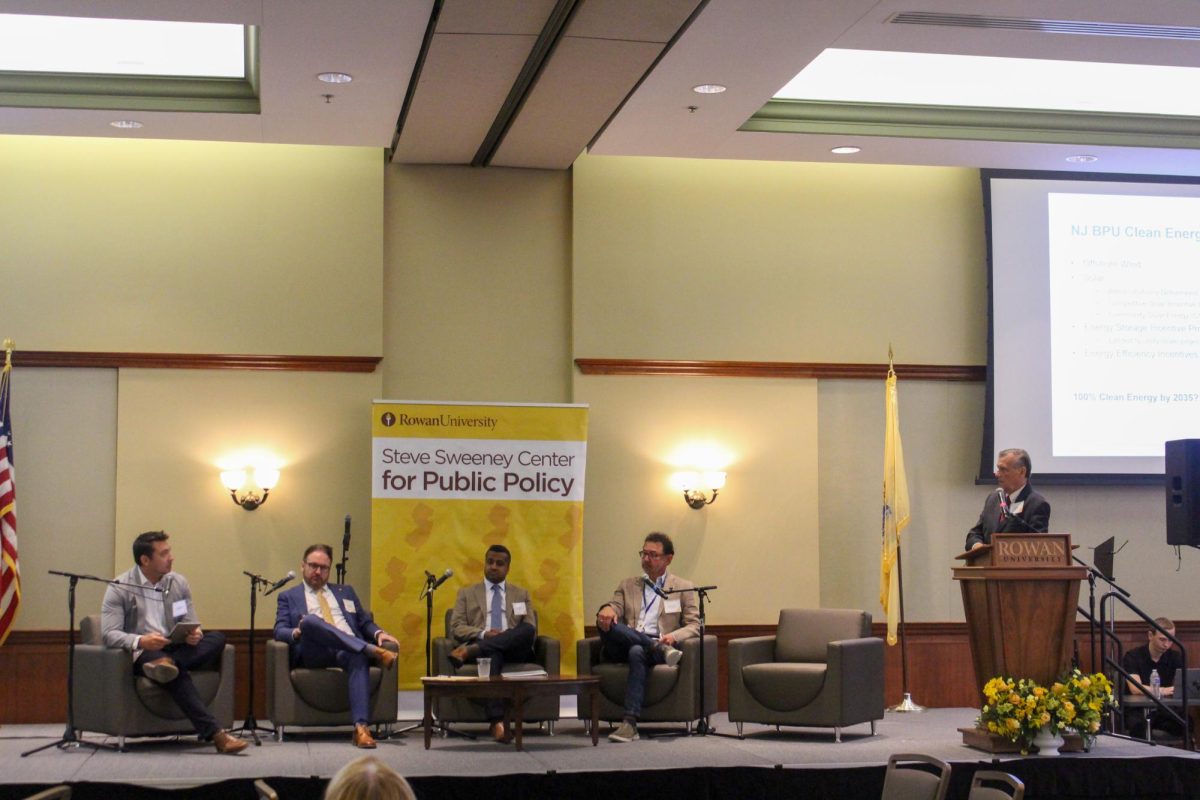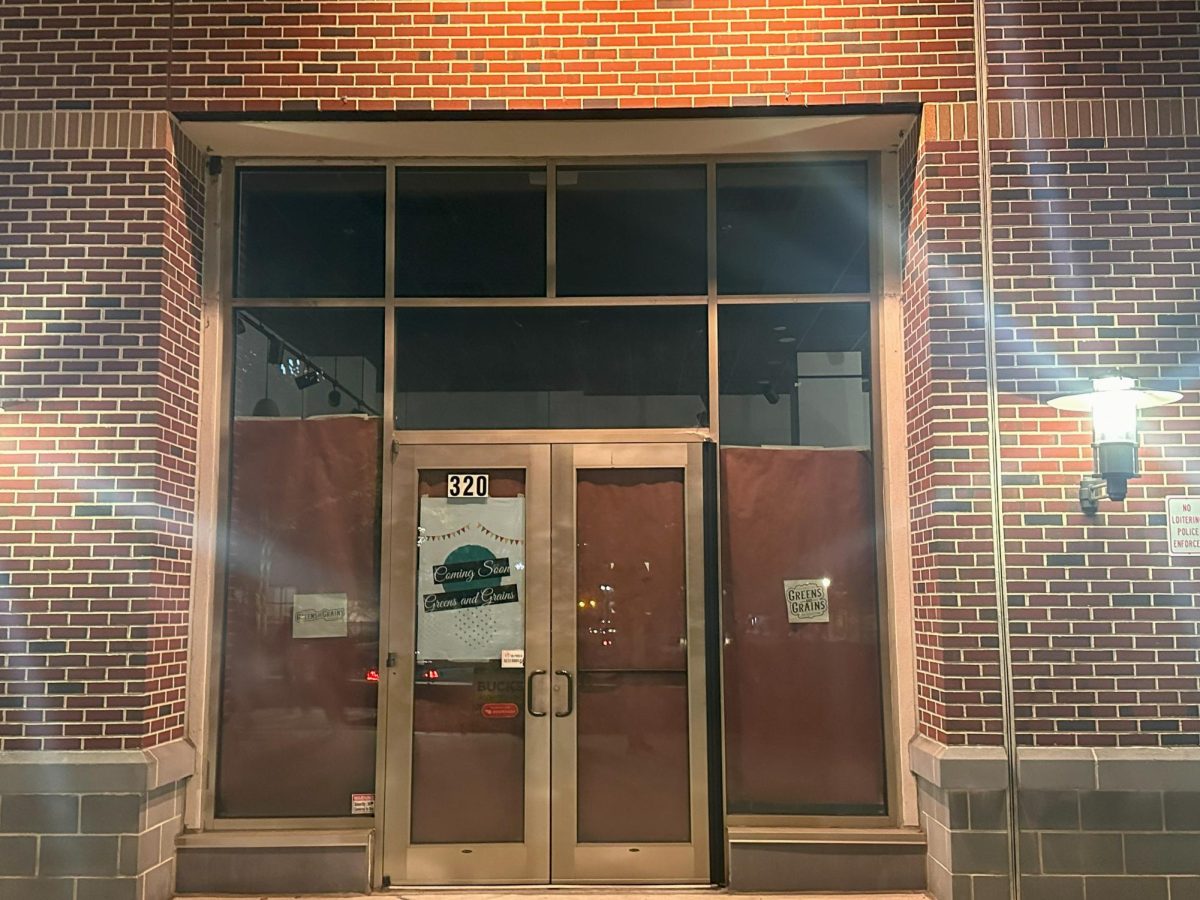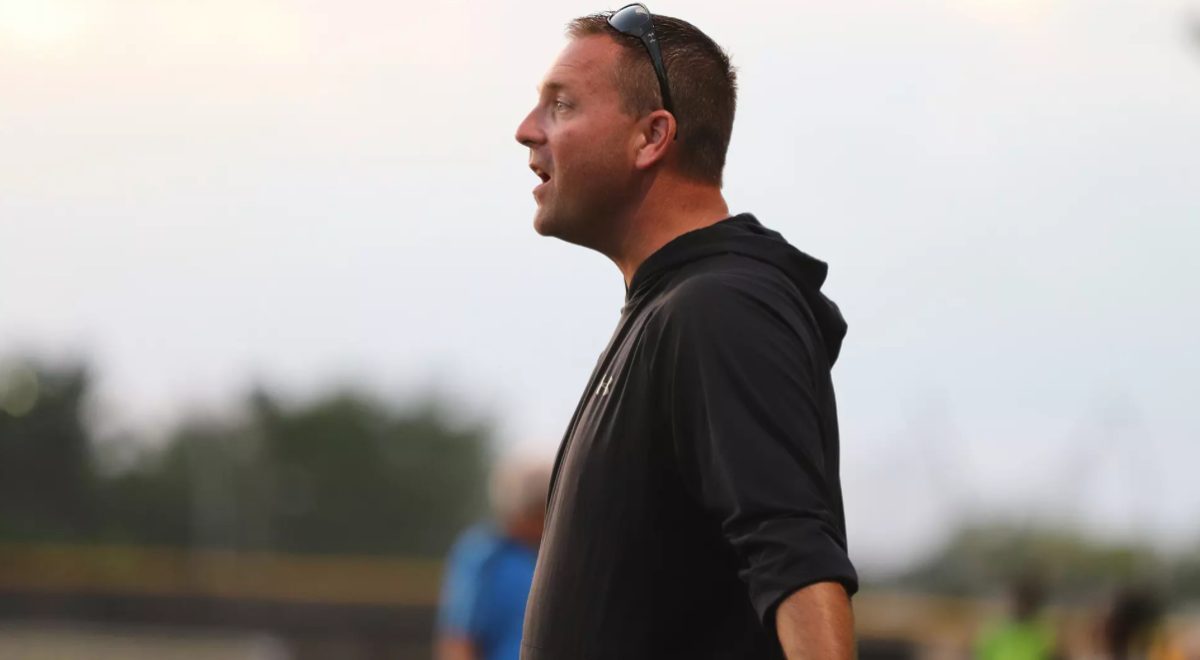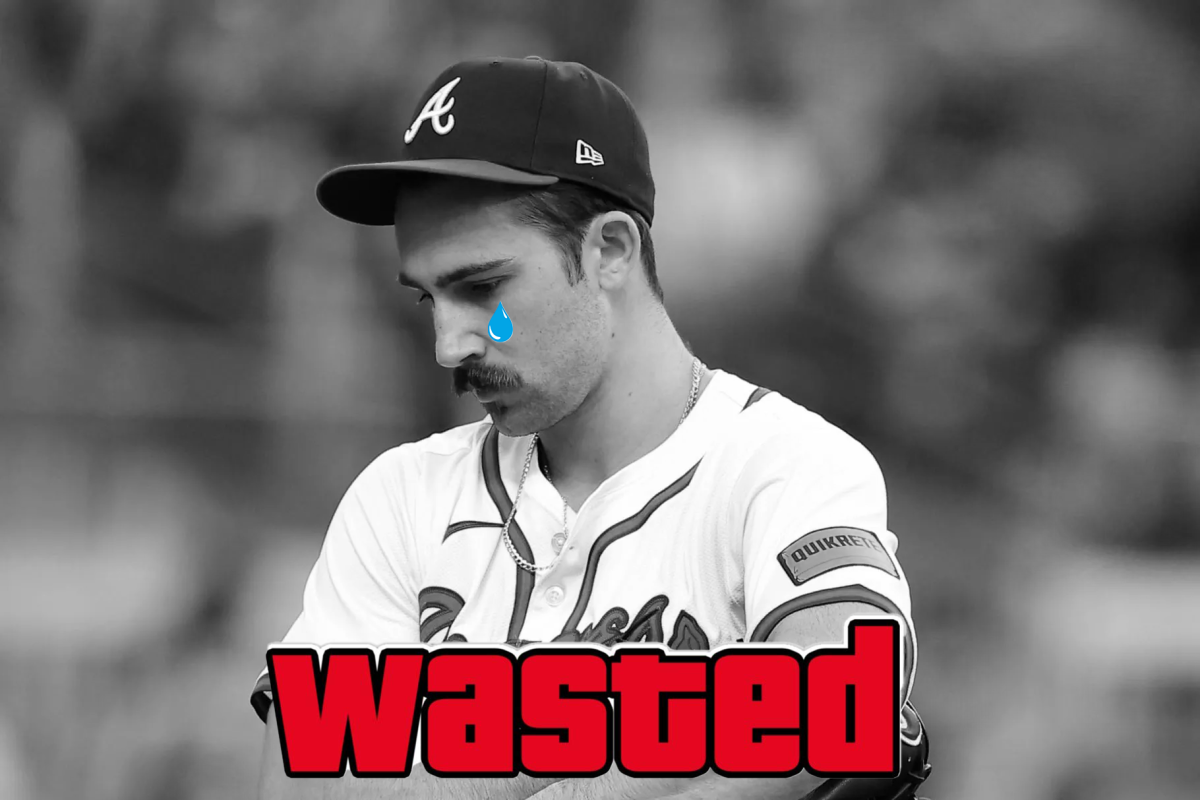It seems like every other week another prominent MLB pitcher is struck down due to injury.
Recently, the Atlanta Braves announced their ace, Spencer Strider will miss the remainder of the 2024 season after receiving surgery to repair the ulnar collateral ligament (UCL) in his right elbow.
While he narrowly avoided Tommy John Surgery, a reparative procedure common amongst pitchers that he previously got during his collegiate career at Clemson, Strider is one of many prominent pitchers to be ruled out this season due to injury.
Both Cleveland Guardians starter Shane Bieber and Miami Marlins starter Eury Pérez had their 2024 seasons cut short after getting Tommy John surgery. Other notable names missing from their starting rotations include Shohei Ohtani, Gerrit Cole, Jacob DeGrom, and Justin Verlander.
With so many star pitchers sidelined due to injury, the MLB is trying to pinpoint a specific cause of the issue, with many people having their theories for what it might be.
The Executive Director of the Baseball Players Association has already disclosed his main culprit – the pitch clock.
“Despite unanimous player opposition and significant concerns regarding health and safety, the commissioner’s office reduced the length of the pitch clock last December, just one season removed from imposing the most significant rule change in decades,” Clark said in a statement. “Since then, our concerns about the health impacts of reduced recovery time have only intensified. The league’s unwillingness thus far to acknowledge or study the effects of these profound changes is an unprecedented threat to our game and its most valuable asset — the players.”
The pitch clock was implemented during the 2023 season, giving the pitcher 15 seconds to get a pitch off with no base runners, or 20 seconds with runners on the bags. However, the league’s competition committee approved a rule change in December 2023 to reduce that time to 18 seconds when runners are on base in order to speed up games – a two-second difference that has caused many, like Clark, to believe the increase in injuries is because pitchers are forced to rush and become easily fatigued.
MLB thinks otherwise about the pitch clock and released a statement in response to Clark, citing velocity as the main reason for the increase in injuries.
“This statement ignores the empirical evidence and much more significant long-term trend, over multiple decades, of velocity and spin increases that are highly correlated with arm injuries. Nobody wants to see pitchers get hurt in this game, which is why MLB is currently undergoing a significant comprehensive research study into the causes of this long-term increase, interviewing prominent medical experts across baseball which to date has been consistent with an independent analysis by Johns Hopkins University that found no evidence to support that the introduction of the pitch clock has increased injuries,” they said.
Contrary to Clark’s beliefs, the MLB making a pitcher’s windup faster doesn’t make them more susceptible to injury. In a collaboration with researchers at Johns Hopkins University (JHU), MLB says they have found that pitchers who worked quickly were not more likely to get hurt than those who worked slower. JHU also found no evidence that pitchers who sped up their pace were more likely to get injured than those who did not.
Studies have found that an increase in the velocity of pitches creates more strain on the elbow, leading to a higher risk for serious injury. And pitches in the MLB are only getting faster, with the fastest pitch of the 2023 season being thrown at 104.8 mph by the Minnesota Twins Jhoan Duran. As pitches in the high 90s and triple digits become more common, the negative effects on a pitcher’s arm health become clearer.
There are still differing perspectives that exist amongst players on the root cause of pitcher injuries.
Los Angeles Dodgers ace Tyler Glasnow infamously blamed MLB’s ban on sticky stuff as the cause of his injury back in 2021. This crackdown on performance-enhancing substances that generate more spin on a baseball required him to have a stronger grip on the ball than he otherwise would have.
However, research on grip strength isn’t conclusive, and limited studies exist looking at the correlation between grip strength and elbow injuries. With limited scientific evidence to back up Glasnow’s claims, his post-game rant merely becomes another spoken theory.
Whatever the case may be, it’s clear that the elbow epidemic in MLB right now is a problem. While there isn’t thorough research on all sides of the issue, it’s clear that the increase in velocity amongst pitchers carries the biggest burden.
The MLB is actively working on an investigation into the cause of all these pitcher injuries and hopes to build a task force aimed at giving recommendations to teams on how to solve the issue – putting MLB in a difficult position to try and come up with a solution.
There have been many unusual proposals to prevent injuries, including labeling pitches over a certain speed limit as a ball to discourage pitchers from throwing too fast – a strict task that is unfathomable in the context of professional baseball. Rule changes like that are never going to happen, so it’s best to just forget about that avenue for good.
In the end, it’s up to MLB to provide their pitchers with up-to-date information and analytics as well as monitor their fatigue.
At the top level of any sport, injuries are bound to happen and league changes such as a higher emphasis on workload management and reducing the number of active pitchers on a roster could lower the risk for injuries on a more reasonable level. Just telling pitchers to throw softer, in an era where pitchers like Aroldis Chapman are throwing 106 mph fastballs, isn’t going to cut it.
For comments/questions about this story DM us on Instagram @TheWhitSports or email @[email protected]
























































































































































!["Working with [Dr. Lynch] is always a learning experience for me. She is a treasure,” said Thomas. - Staff Writer / Kacie Scibilia](https://thewhitonline.com/wp-content/uploads/2025/04/choir-1-1200x694.jpg)












































